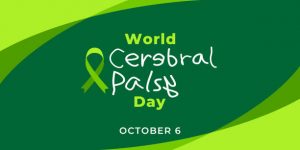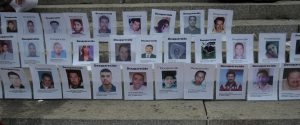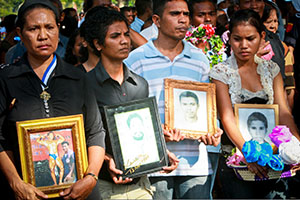
About World Cerebral Palsy Day
Cerebral palsy is one of the least understood disabilities and people with cerebral palsy are often out of sight, out of mind and out of options in communities around the world. This needs to change.
World Cerebral Palsy Day on 6 October was created by the Cerebral Palsy Alliance in 2012 and now brings together people living with cerebral palsy, their families, allies, supporters and organisations across more than 100 countries. All with the aim to ensure a future in which children and adults with cerebral palsy have the same rights, access and opportunities as anyone else in our society.
About Cerebral Palsy
There are more than 17 million people across the world living with cerebral palsy. Another 350 million people are closely connected to a child or adult with cerebral palsy. It is the most common physical disability in childhood. Cerebral palsy is a permanent disability that affects movement. Its impact can range from a weakness in one hand, to almost a complete lack of voluntary movement.
It is a complex disability:
- 1 in 4 children with cerebral palsy cannot talk
- 1 in 4 cannot walk
- 1 in 2 have an intellectual disability
- 1 in 4 have epilepsy.
Cerebral palsy is a lifelong disability and there is no known cure.
 Transforming youth skills for the future
Transforming youth skills for the future
 2017 Theme: « Toward Autonomy and Self-Determination »
2017 Theme: « Toward Autonomy and Self-Determination »